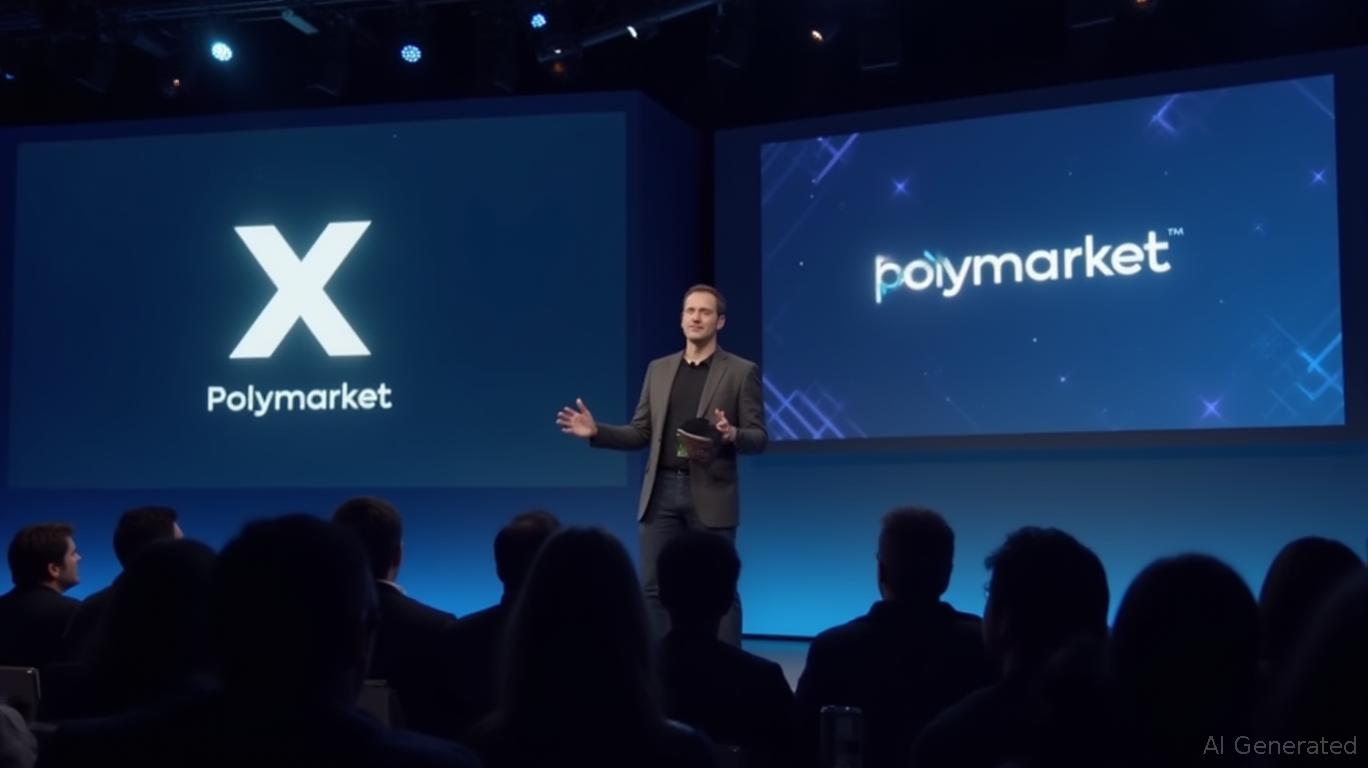Decentralized Prediction Markets Aim to Boost Scientific Credibility
Decentralized prediction markets are emerging as a potential solution to the ongoing reproducibility crisis in the scientific community. A significant portion of research findings fail to replicate in independent tests, and supporters of market-driven forecasting believe this approach can accelerate the identification of robust studies.
Critics, however, are wary of introducing financial wagers into the scientific process, fearing it could compromise the meticulous, peer-reviewed system that has guided academic inquiry for centuries. The debate centers on whether blockchain-based forecasting will enhance or undermine scientific credibility.
Despite these concerns, recent advancements suggest real potential. Platforms like Polymarket and Pump.science have demonstrated that crowdsourcing predictions can refine collective judgment in various fields, including politics and longevity. This model is now being adapted for scientific research, where it could quickly identify dubious claims and reward reproducible findings.
While critics point out the risk of market manipulation, advocates of decentralized science (DeSci) argue that broad participation from multiple stakeholders could democratize the validation process. This would discourage one-sided interventions by well-funded groups, ensuring a more balanced and transparent evaluation of research.
The core argument for market-based validation is the introduction of financial accountability for flawed or exaggerated studies. Under the conventional system, questionable research can remain influential for years before its shortcomings are exposed. Market-based validation, on the other hand, issues direct financial losses to those who bet on shaky findings, thereby incentivizing more rigorous and credible research.
Regulatory scrutiny adds another layer of complexity. Some jurisdictions classify prediction markets as gambling or derivatives, limiting their growth without specialized approvals. The early experiences of platforms like Augur highlight how legal uncertainties can hinder mainstream engagement. However, recent shifts in digital asset regulation and increased public interest in scientific accountability suggest that a path toward legitimacy is possible.
Proponents see this as an opportunity for policymakers to differentiate between purely speculative markets and those with clear societal benefits, such as improving research standards. Data integrity is another challenge that innovators are addressing. Oracles, which feed external results into blockchains, remain a weak link if they rely on unverified or manipulated sources. More advanced AI oracle networks are incorporating multiple data feeds and transparent auditing processes to overcome this issue.
This, in turn, incentivizes labs and journals to adopt higher data reporting standards, knowing that the market’s collective intelligence would quickly expose fraudulent or incomplete information. Some experts remain skeptical that prediction markets alone can outperform traditional peer review, arguing that scientific publication is based on specialized expertise.
However, others counter that the financial incentive can serve as a powerful accelerant for truth, ensuring that the possibility of monetary loss balances any conflict of interest. Rather than replacing peer review, prediction markets could operate in parallel, catching oversight or misconduct that slips through editorial filters.
For advocates, this blend of market-driven oversight and decentralized participation holds the greatest promise. With a growing number of platforms willing to host questions on scientific claims and major institutions increasingly alarmed by irreproducible research, the stage is set for a new era of rigorous public validation.
The outcome remains uncertain, but the core idea—that a small bet can spark a significant reckoning—has won over many open-science supporters and decentralized finance innovators. If blockchain-based prediction markets continue to mature, they may become a key ally in restoring scientific credibility, offering a faster, more transparent form of discovery.



_442a2dcc1749832873286.jpeg)
_e68fac6d1749831664430.jpeg)






